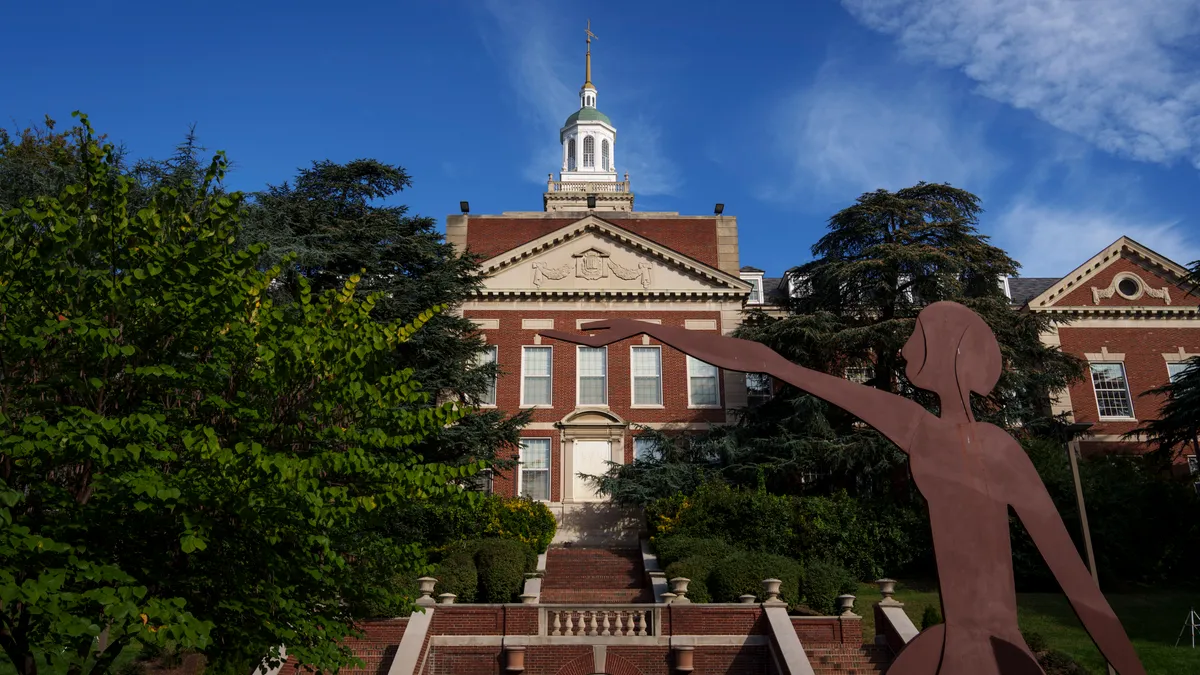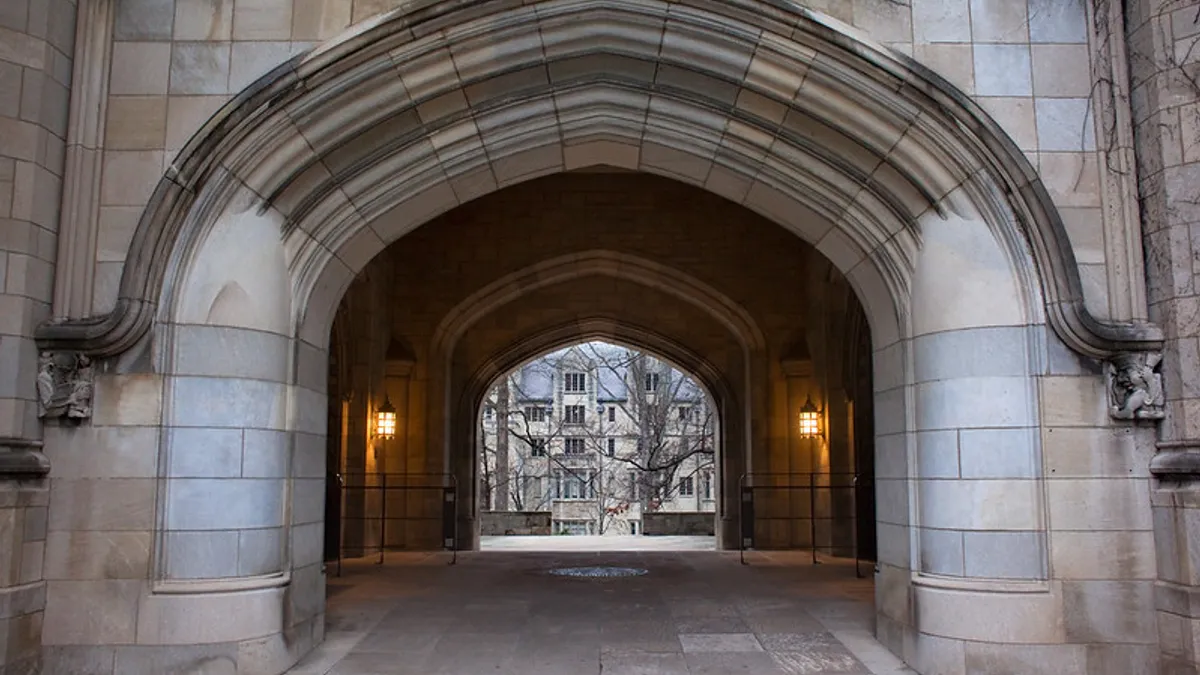The population of incoming college freshmen will vacillate by region during the next fifteen years, with the Midwest and Northeast expected to see declines in the numbers of high school graduates who could potentially become college applicants. However, the South and West will likely see population growth of high school graduates who enter college, due in large part to the increased presence of Hispanic students.
Therefore, higher ed institutions in these regions are working to ensure student success does not suffer during periods of pronounced growth in population and student diversity, according to a report from the Western Interstate Commission on Higher Education. Representatives from WICHE joined representatives from the American Association of State Colleges and Universities, along with administrators from two schools in the regions set to see growth for a webinar to discuss how schools can prepare for the seismic demographic changes.
Peace Bransberger, a senior research analyst for WICHE and co-author of the new edition of the report “Knocking on the College Door," projection of high school graduates through the class of 2032, said high school graduation numbers after 2026 will decline because fewer children were born during the Great Recession and its immediate aftermath, and they will reach high school age at that time. The number of high school graduates per year actually rose from 2.5 million in 1996 to slightly below 3.5 million in 2015, spurred in large part by an increase in the number of Hispanic high school students. The number of white students is largely expected to decline, or in states like Texas, the numbers are expected to remain flat but its percentage of the student population will decline due to a burgeoning influx of minority students. However, Bransberger noted that minority students are still graduating at lower-than-average numbers, despite the projected rise; the numbers would be even higher if the graduation percentage rate was average for these groups.
Representatives from Northern Arizona University and University of Texas-Rio Grande Valley said they had seen the demographic and population shifts of their states and regions reflected in their student populations, and they shared strategies to ensure that these students many of whom came from underrepresented student populations or were first-generation students, did not suffer poorer outcomes in contrast to their peers. Pauline Entin, the vice provost for academic affairs at Northern Arizona University, noted the importance of valuing the individual challenges facing different students and student groups.
“There is no single solution to student retention or success,” she said. “Every institution needs a suite of strategies tailored for different student subpopulations.”
Entin and Margot Saltonstall, the associate vice president for enrollment management and student affairs at the school, detailed initiatives they found help improve student success rates, including a centralized academic advising tool, as well as adaptive courseware technology that is sensitive to students’ individual learning levels. Saltonstall emphasized that first-generation students are represented by many different types of students from diverse backgrounds and income levels, and said her approach is to focus on a sense of belonging, which she found pertained to many of those different populations.
Dr. Kristin Croyle, the vice president for student success at UT-Rio Grande Valley, said the school felt a special sense of mission due to the fact that it was the only significant higher education presence in the region, with the next largest city being San Antonio, which is 250 miles north. The population was largely Hispanic, and Croyle said the school is predicated on a focus on student success.
“If we don’t offer advanced degrees in our region our students will have to leave, and you know what happens if they leave; they often don’t come back,” she said, while also echoing the need for an individualized approach. “There’s a variety of choices we could talk about, and none of them are silver bullets for helping underrepresented students amid population growth.”
Croyle said the school had found success in simplifying its tuition by collapsing most ancillary fees into the actual tuition payment except those the school is mandated to keep separate. The university also offers a four-year tuition guarantee. Since the school opened in 2015, there has been a focus on improving academic advising services while also improving efficiency, as there aren't excess funds to hire new staff. The school offered a three-stage orientation process to accommodate students who were living and working at home in the summer prior to enrollment in order to help them feel academically confident by the commencement of classes; the college also found success in offering a learning framework course designed to incorporate important first-year experiences for students, including mentoring from dedicated faculty, peer support, mentoring and academic planning. In advisement, Croyle said the school strived to make sure first-generation students had the opportunity to benefit from the same amount of information as students with college experiences in the family past had.
“If you get that information into the hands of first-generation students,” she said, “everyone benefits.”







